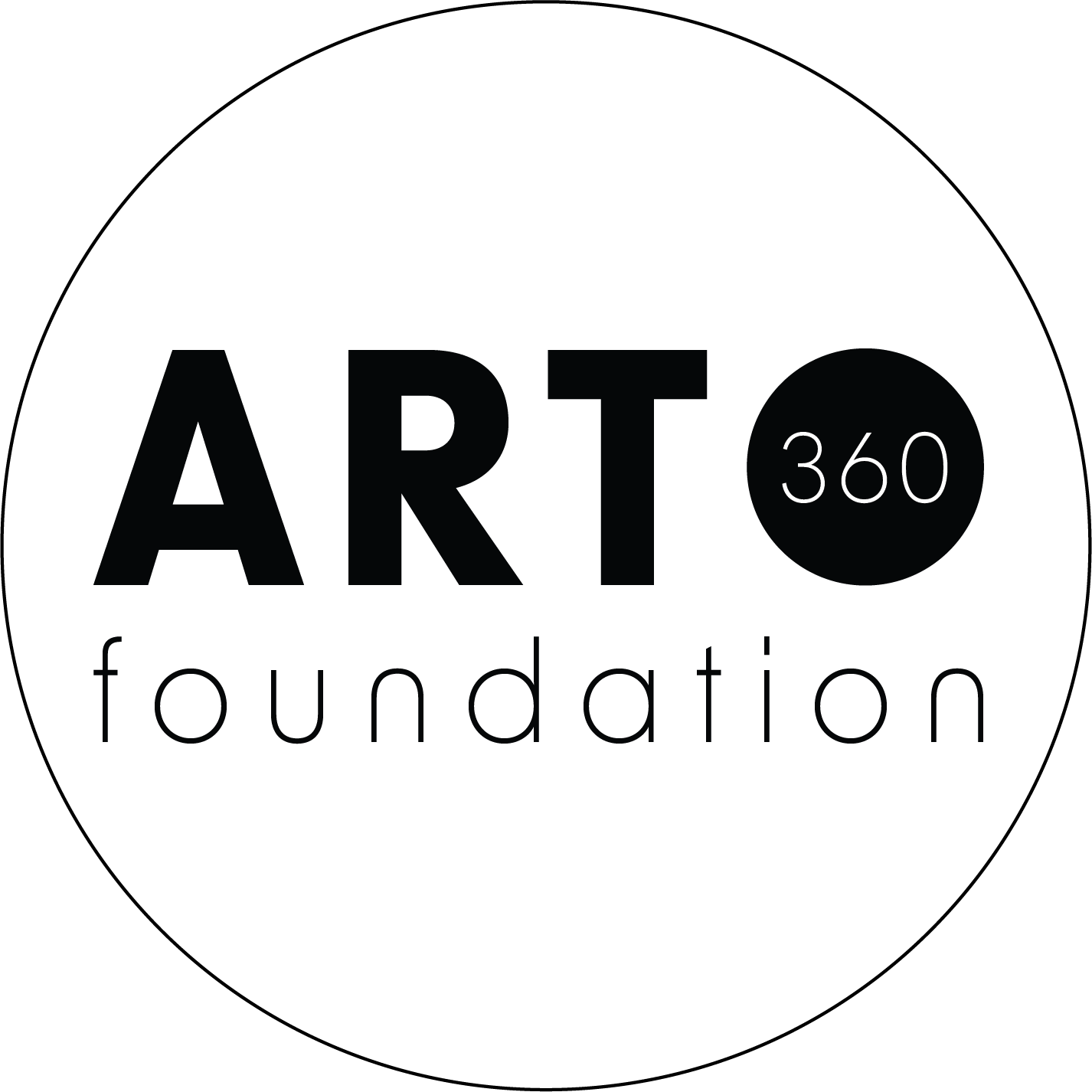Jeff Keen Estate
Jeff Keen (1923–2012) was born in Trowbridge, Wiltshire. After being drafted into National Service during WWII, he studied for a short time at Chelsea School of Art and Design, after which he moved to Brighton (UK) where he lived and worked until his death.
Jeff Keen was an important contributor to the countercultural scene in 1960’s Britain, participating in many art ‘happenings’ and other events at the renowned ‘Better Books’ on Charing Cross Road, as well as co-founding the London Film-makers Co-op (now merged with London Video Arts to form LUX). He remained on the periphery of most art movements, not wishing to be classed as a member of any particular artists group. Keen did, however, collaborate regularly with a great variety of artists – most notably Bob Cobbing, Jeff Nuttall and Piero Heliczer.
He is frequently called a Pop artist but was more affiliated with the Fluxus movement and considered himself first and foremost a Surrealist. A contemporary and acquaintance of Gustav Metzger, Keen was similarly driven by the Auto Destructive art ideology. In Keen’s case, he felt that war, like death, is an unavoidable fact of life – but he believed in the redemptive regenerative power of Nature and Love as the main driving forces. Out of destruction and chaos, Nature still cuts through with new growth and life force. The theme of war throughout his work is not just between people but the ‘inner wars’ and dilemmas of being an artist. His ‘mad scientist’ on-screen persona of Dr Gaz is in direct contrast with his actual shy “mild-mannered English watercolourist” reality. A self-taught artist, he was a gentle intellectual anarchist – an incurable romantic with a huge respect for women and a generous kind nature. He always maintained that his early films were ‘Family Star Productions’ – ie made with his family and friends. In the early years, his wife Jackie was his partner in crime and a powerful personality. She completely owned her extraordinary set of screen goddess personalities, often defiantly naked or in costumes she created herself. An artist and performer in her own right, she also worked with Jeff on creating joint artworks on enamel and the painted helmets.
In Keen’s films, innovative techniques of film construction and transmission – collage, animation, found footage, hand-altered film stock, multiple screen projections – that sought to expand cinema beyond its conventional limits are explored within the context of a diverse array of influences. These range from archetypal mythologies and the art historical movements of Surrealism and Romanticism to popular contemporary culture, particularly comic books and Hollywood B-movies. These innovations and influences also find their way into Keen’s boundary-pushing work in other media – from drawing, painting, assemblage and digital work to ground-breaking experiments in the development of sound as an artistic medium. A cyclic universe of creation and violent destruction, Keen’s art powerfully describes the frenetic, consumerist world of post-war Western society – as relevant now as it ever was.
Keen’s work has been the subject of two retrospectives: Shoot the Wrx, Artist and Filmmaker Jeff Keen at Brighton Museum and Art Gallery (UK) and Gazwrx: The Films of Jeff Keen at the BFI, Southbank, London (UK). A major installation, Gazapocalypse – Return to the Golden Age, took place in the Tanks at Tate Modern in September 2012, with several important international exhibitions since then. Selected exhibitions, screenings and performances include those at the Trondheim Kunstmuseum (Norway), Tate Britain (UK), Better Books (UK), the Serpentine Gallery (UK), Viper Festival for International Film and Video (Switzerland), London Film Festival (UK), Galerie Du Centre (France) and Marc Selwyn Fine Art (USA). Keen’s work is included in multiple international private and public collections, including the Tate (UK), British Artists’ Film & Video Study Collection (UK), Face Press Collection (UK) and Brighton Museum & Art Gallery (UK).
CREDIT LINES

